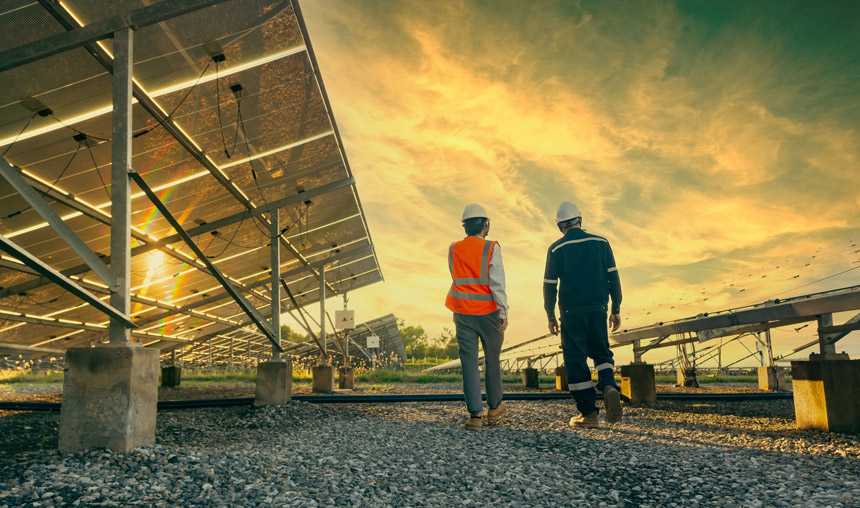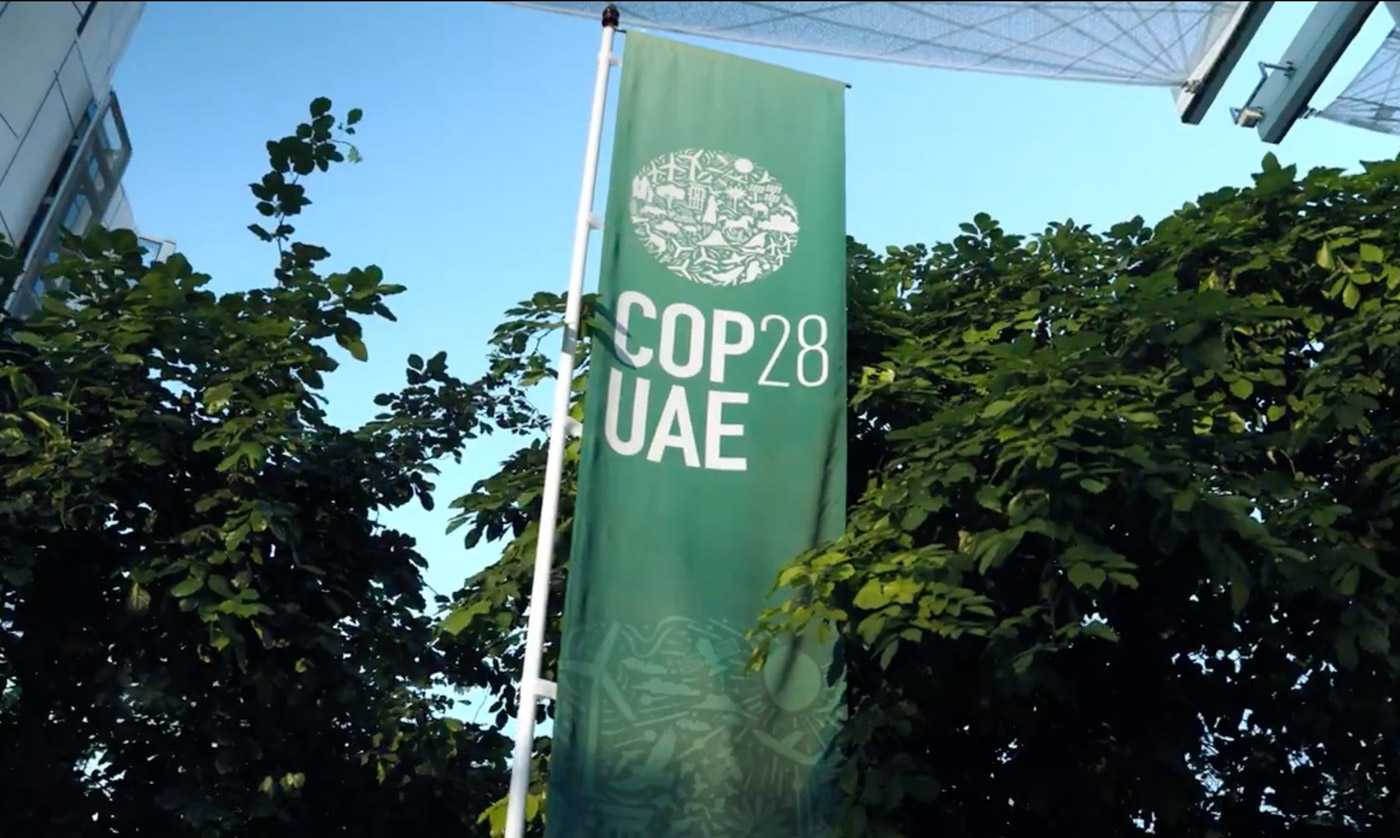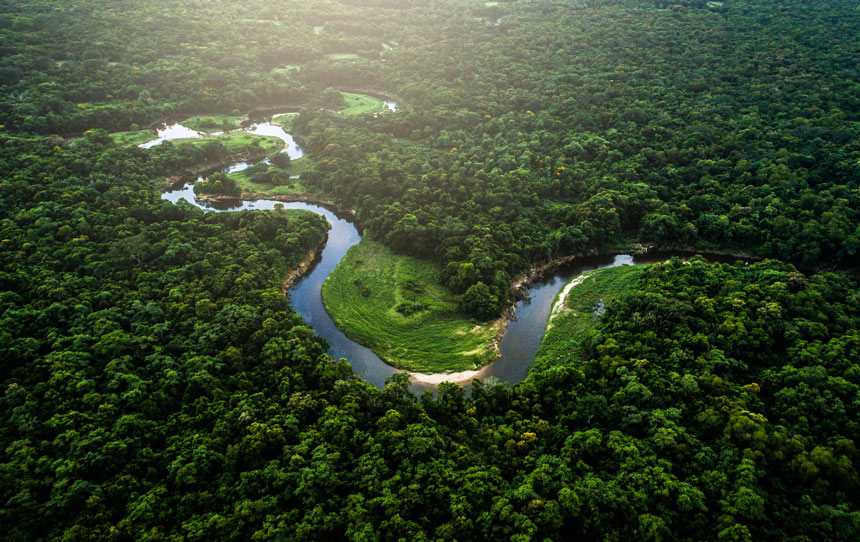

Less than two years after President Biden signed the Inflation Reduction Act (IRA) into law, over 270 new clean energy projects totaling $132 billion have already been announced in communities across the United States. The projects are a major down payment on a greener grid, encouraging the private sector and localities to pursue battery technologies and cleaner sources of power like nuclear, solar and wind.
Despite the flurry of announcements, however, polls show most of the public is still unaware of the climate and clean energy provisions in the law, with one showing that less than three in 10 know a good or great deal about the IRA. Former Director of the National Economic Council advisor Brian Deese (an architect behind the IRA) has identified a lack of public awareness as one of the biggest challenges in implementing the law, writing that “policymakers and the public need better tools to close the gap between splashy corporate clean energy announcements and speculative long-term projections to understand where investments are being made and what they are achieving.”
The successful deployment of these projects requires buy-in and engagement with the host communities for these initiatives. How can communicators best close this gap to explain why these projects matter for local communities and the country’s clean energy future?
While no playbook is truly one size fits all, as needs will vary based on each community, the APCO Energy team has identified several guiding principles that can help communicators explain impact and garner support.
Prioritize a two-way dialogue with stakeholders
Pollution, resource extraction and other factors have created a legacy of environmental and health inequities that affect marginalized populations.
As developers look to build clean energy projects at or near former fossil fuel sites in the energy transition, residents from these populations and the broader community must be given the opportunity to meaningfully participate in decisions that may affect their environment and/or health. Officials must also consider all feedback, positive or negative, in the decision-making process.
Conducing outreach that prioritizes honesty, openness and transparency goes a long way toward establishing meaningful community involvement, a key pillar of environmental justice.
Ensure you target activations with each community
As previously mentioned, there is no one communications playbook that will meet the needs of every community, but communicators must ensure their messaging is localized and relevant to the host community.
Residents who currently live in a coal community will likely have very different concerns than those who live near a brownfield site. Communicators must ensure their key messages are appropriate and tailored in explaining the project impact, from emphasizing increased jobs and tax revenue, to enhanced energy reliability and security. Listening tours in these communities can help communicators understand which issues matter most to residents.
Connect with local, trusted voices to build relationships
About one fifth of Americans live in a current or former fossil fuel community, and many of these areas are quite remote with smaller populations.
Building community relationships is another factor that’s critical to reaching people who live in these areas, as local institutions (like church groups, labor unions and school associations) often serve as engines for news sharing by convening events and publishing their own newsletters.
It takes time to meet with these groups and understand their needs, so communicators must build in enough time in their communications plans to conduct this type of outreach.
As investments from the IRA, the Bipartisan Infrastructure Law and the CHIPS and Science Act continue to flow out across the country in the coming years, communicators need to build trust with host communities to guarantee the current and future deployment of clean energy projects. The future of our country’s (and the world’s) climate goals depends on putting communities and people first in the transition to cleaner energy.


